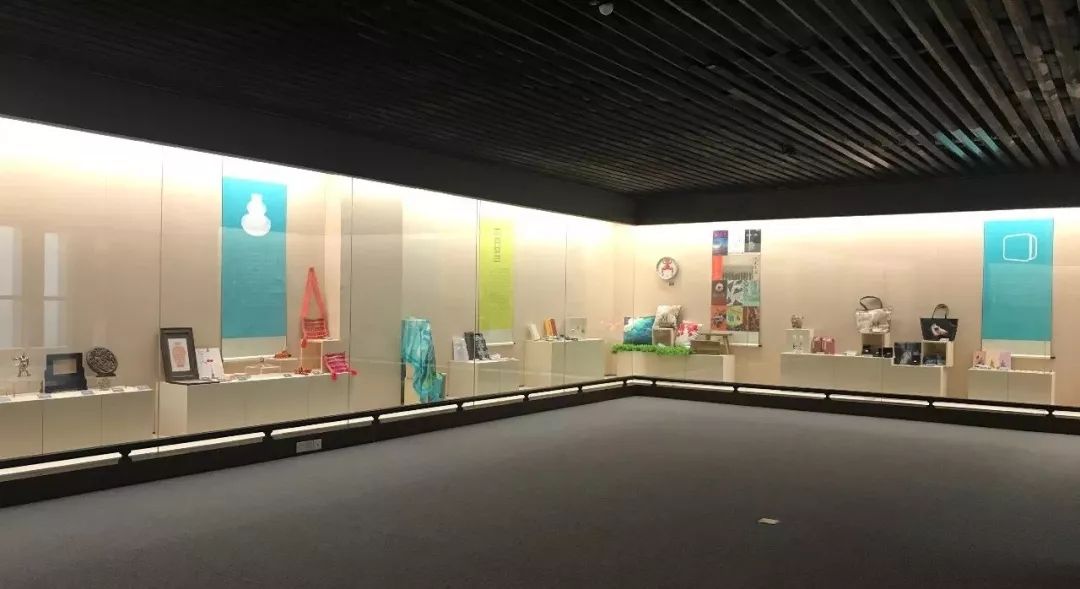& nbsp; & nbsp; I. Characteristics of cultural relics determine the basic logic of glass selection & nbsp; Different types of cultural relics put forward different demands for display cabinet glass. The fiber structure of paper cultural relics, such as ancient books, will accelerate aging under ultraviolet radiation, at which time the ultraviolet blocking rate of glass becomes a key indicator. Low-E glass can effectively delay the yellowing of paper by controlling the ultraviolet transmittance below 1% through coating technology. Metal objects are extremely sensitive to oxygen and humidity, display cabinet glass needs to have high air tightness, and the polymer film in the middle of laminated glass can form a sealing barrier to block the penetration of corrosive gases. & nbsp; Environmental conditions are also factors that can not be ignored. Coastal museums are facing the challenge of high humidity, and the moisture-proof performance of glass is particularly important. The surface of low-reflection glass is specially treated, and water droplets are difficult to adhere to its surface, so as to avoid the risk of mildew of cultural relics caused by condensation. Museums located in well-lit areas need glass with excellent anti-glare performance to reduce the reflection interference of sunlight and artificial light sources.

previous:Quality Acceptance Criteria for Cultural Relics Display Cases in Museums: a Solid Barrier to Protect
next:Cultural Relics Display Case Design: Cultural Heritage Protection and Dissemination under the Integr